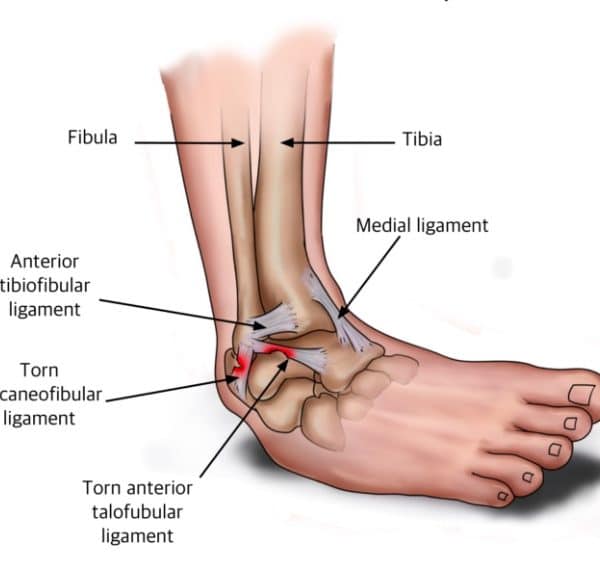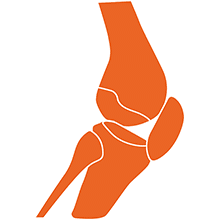

Ankle Pain 발목 통증
What is an ankle sprain?
Ligaments help stabilize the ankle joint and prevent excess motion. Ankle injuries occur when ligaments are stretched beyond their normal range of motion and the ankle moves in an awkward motion beyond the normal range of that joint. The most common mechanism of ankle sprain is a combination of plantarflexion and inversion, or a downward-inward motion of the foot about the ankle. When this takes place, the 3 main outer ankle ligaments stretch or tear depending on the severity. With severe ankle injuries, fractures and joint displacement can occur.
Ankle sprains are graded based on the severity and degree of ligamentous injury.
Grade 1: Partial tear of a ligament
Grade 2: Incomplete tear of a ligament with moderate functional impairment
Grade 3: Complete tear and loss of integrity of a ligament
How do you treat an ankle sprain?
Treatment of ankle injuries depends on the extent of the injury. This is where a proper grading of the injury dictates the best treatment course of action.
- Mild or Grade 1 Ankle Injuries: Early management via Rest, Ice, Compression, and Elevation. Limiting physical activity. Non-steroidal anti-inflammatory drugs can help alleviate the pain and reduce swelling.
- Moderate or Grade 2 Ankle Injuries: Same as a grade 1 injury with the addition of a supportive device such as an elastic bandage, ankle stabilizer, or air cast.
- Severe or Grade 3 Ankle Injuries: Further immobilization or offloading of the ankle joint may be necessary. This can be accomplished with the use of a removable walking boot or plaster casting with the addition of crutches to assist with ambulation. Rarely, but still possible, does an ankle sprain require surgical intervention.
Physical therapy along with muscle strengthening and range of motion exercises will aid in the treatment of ankle sprains and assist in restoring full function after an injury.





